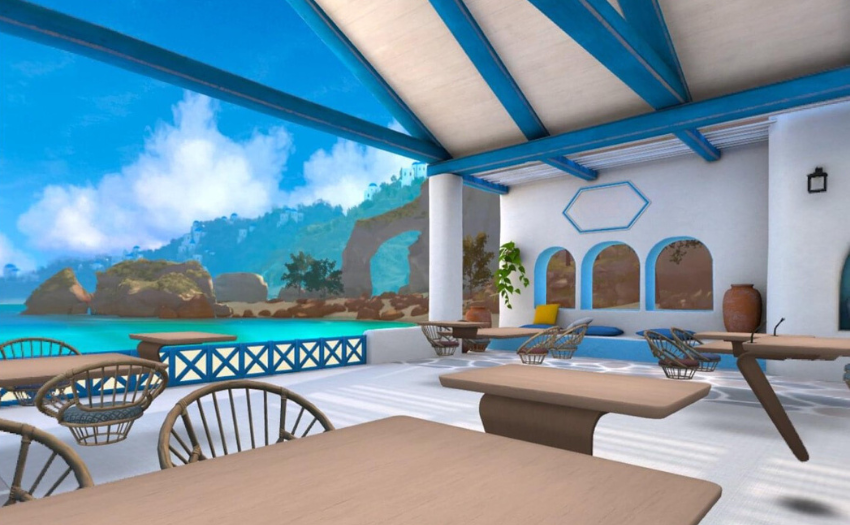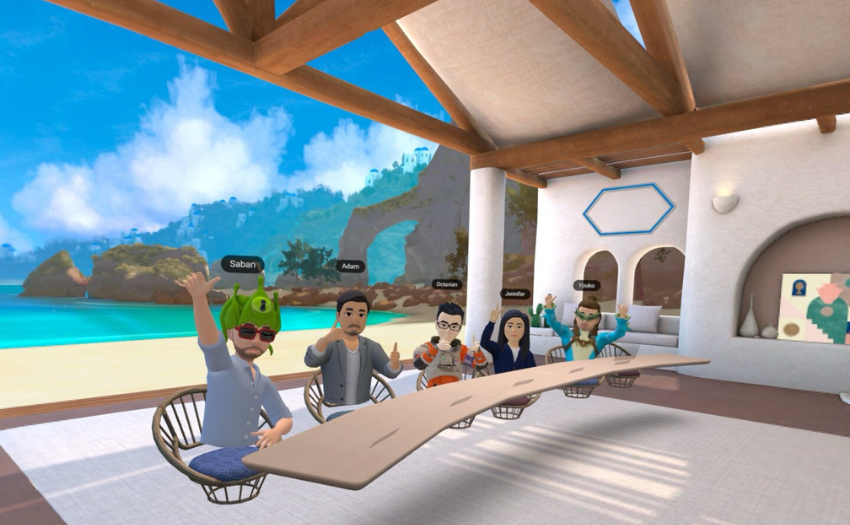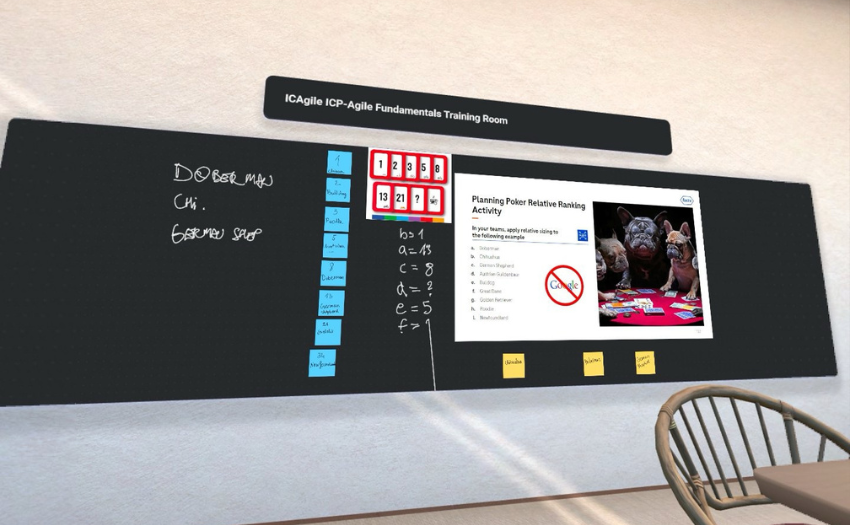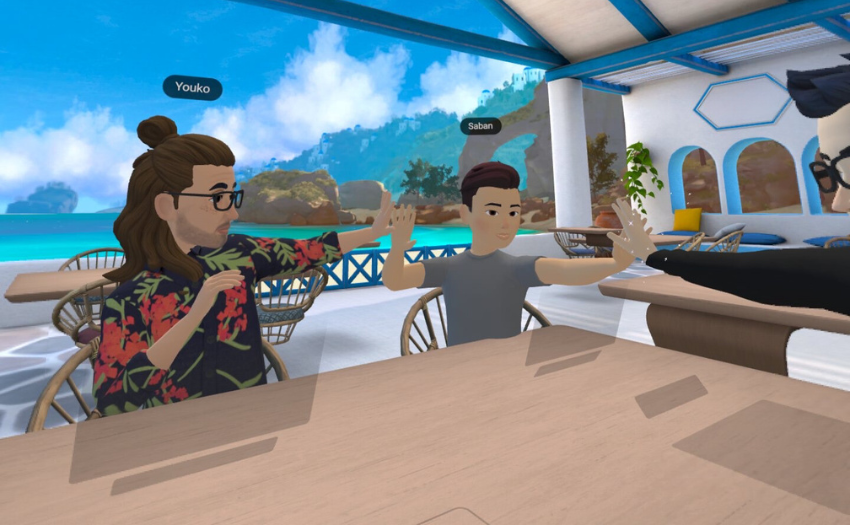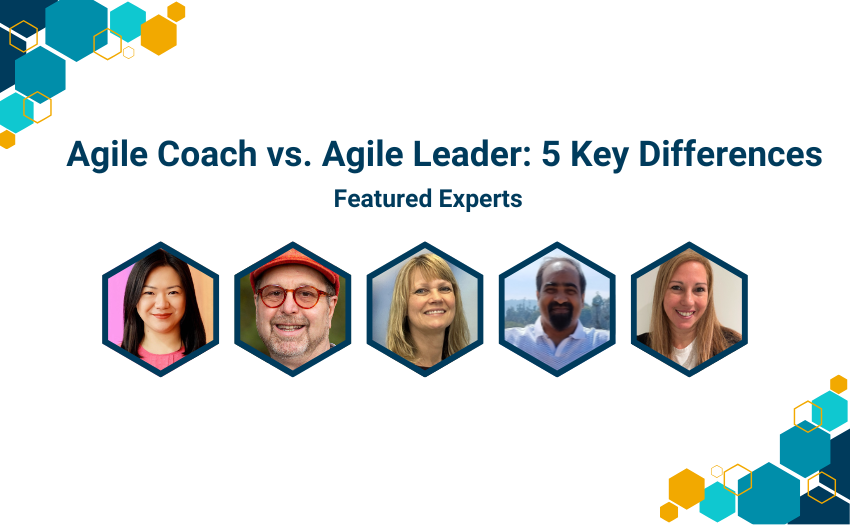Q: Were team members in the eSports community hands-on in developing the VR course?
A: They were the testers in the experiment because people who like gaming understand new technologies. While developing the course, I tested working with different providers and their applications, which they call productive applications in virtual reality. I settled on Meta Horizon Workroom, developed by Meta, and it meets all of our needs when running the online training.
Q: It sounds like you leveraged many agile principles to create the course. Can you give an example?
A: I’m an agile coach, which also contributed to the course's creation. From a customer-centric perspective, we run the course with eight people, collect feedback, and continue to refine it. We’re not looking for a perfect solution but always aim for improvement.
Q: Can you speak to the design and development process of the VR course?
A: We needed to figure out how to translate the engaging learning activities from the in-person class into the virtual reality classroom. For example, in our in-person training, we use Lego Serious Play to demonstrate how planning, assigning roles, continuous delivery, continuous integration, and other practices contribute to the end product. When translating this to virtual reality, we integrated Minecraft, which is similar to an online version of using Legos to build things.
The main difference between classroom and online training is the engagement level of participants. In a physical classroom, learners are less likely to get distracted by things happening in their environment, and at home, it can be easy for participants to lose focus. However, in the virtual reality world, we’ve found that the complete immersive experience provides much more engagement, with the ability to make direct connections with one another, such as giving a colleague a high-five or the ability to look into the eyes of the rest of your team.



